Image credit: Alex Prodan, Wikimedia (CC-SA 4.0)
The Republic of Moldova, located in the supranational Balkans region in Eastern Europe, is one of the youngest, smallest and poorest countries on the continent. Despite looking back on a history that begins in the 14th century, modern Moldova only gained its independence from the Soviet Union in 1991. Since then, Moldova has gradually developed and adapted to Western standards, despite Russia de facto occupying parts of the country.
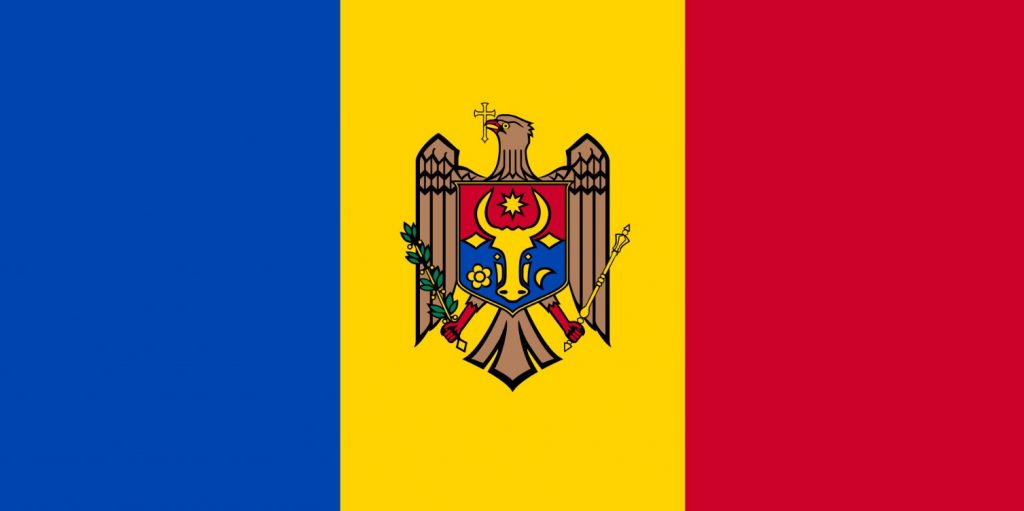
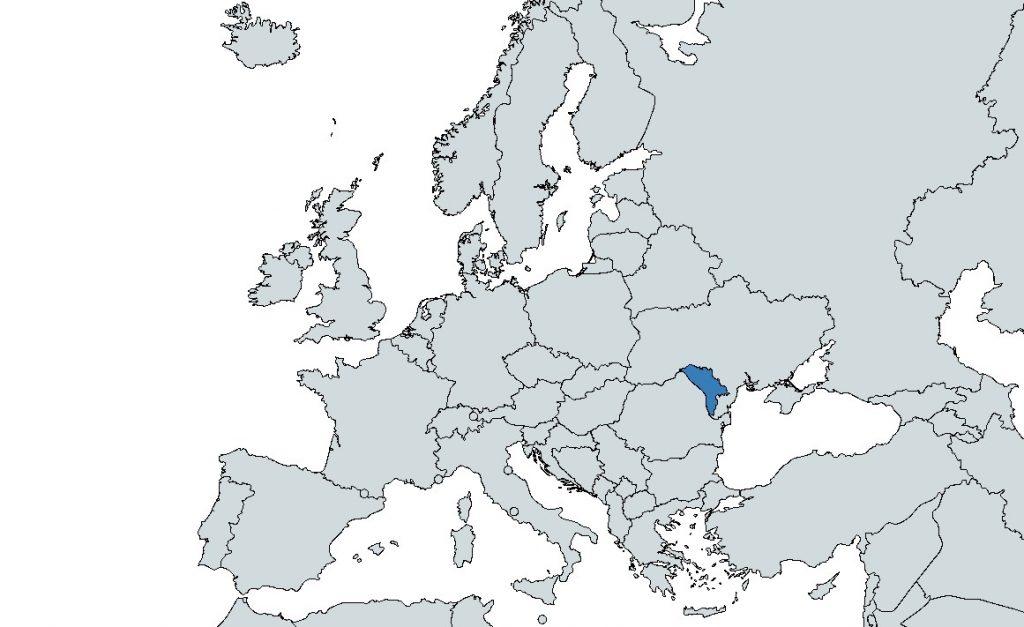
The easternmost part of Moldova, a region named Transnistria that includes the country’s second-largest city of Tiraspol, has been under Russian occupation and forms a separate political unit that is not internationally recognized. These circumstances add to the fact that Moldova is one of the least-visited countries in Europe.
In recent years, a number of European airlines have added connections to Chisinau, the capital, making Moldova more accessible. Chisinau is the main stop for most international visitors. The capital features an eclectic mix of modernist and Stalinist architecture, numerous museums, several historic churches and beautiful parks. The city plays host to a range of events and festivals each year.
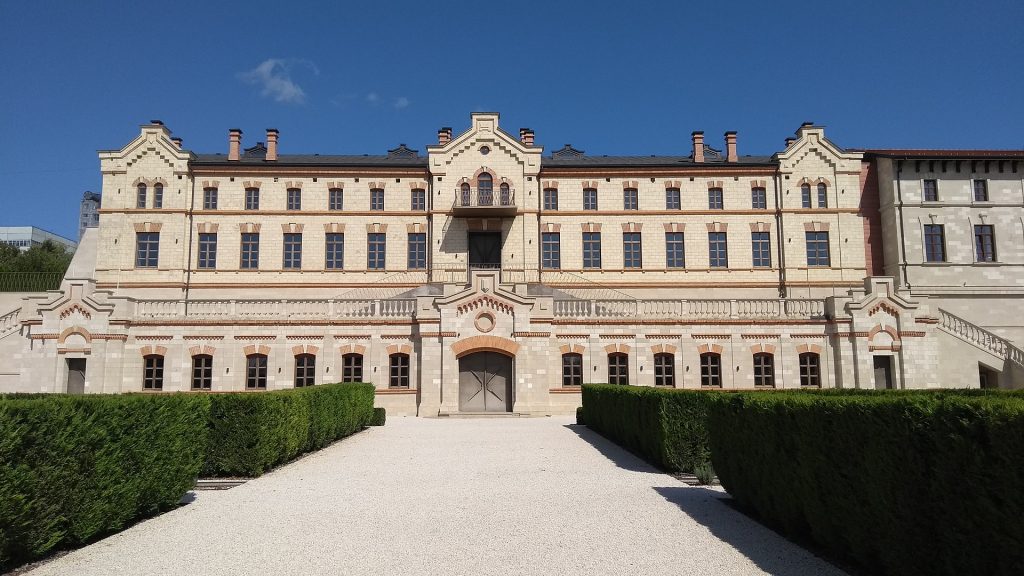
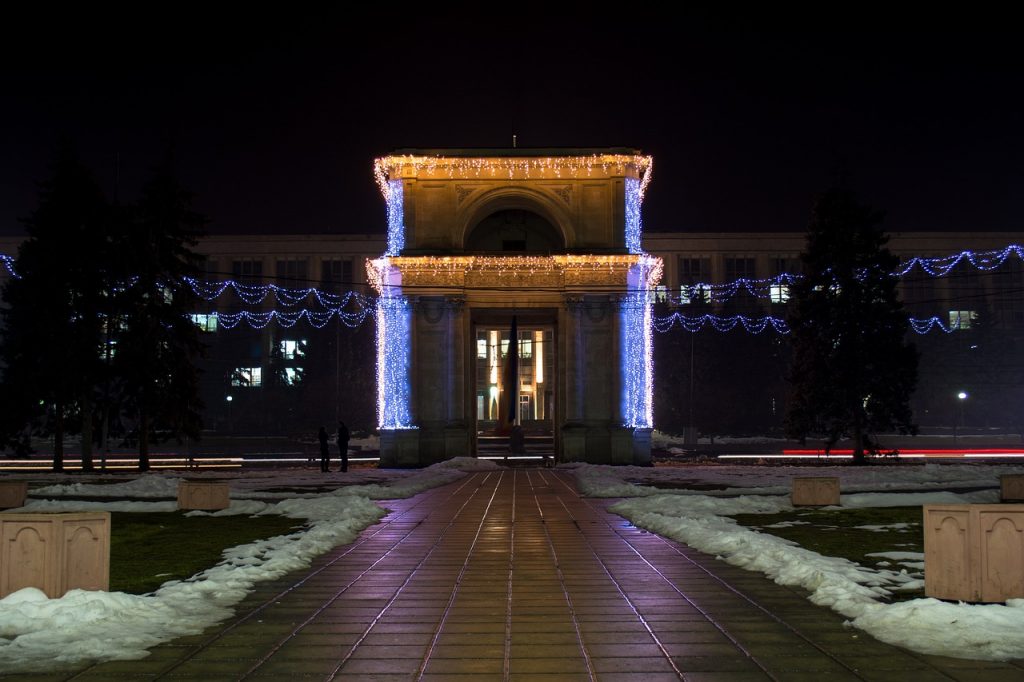
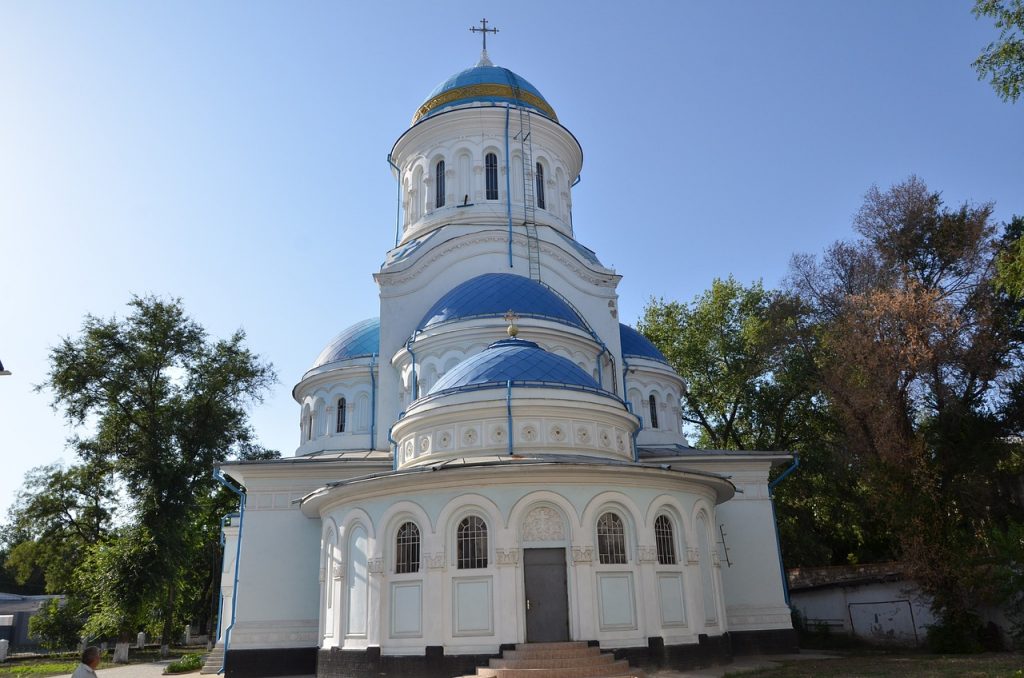
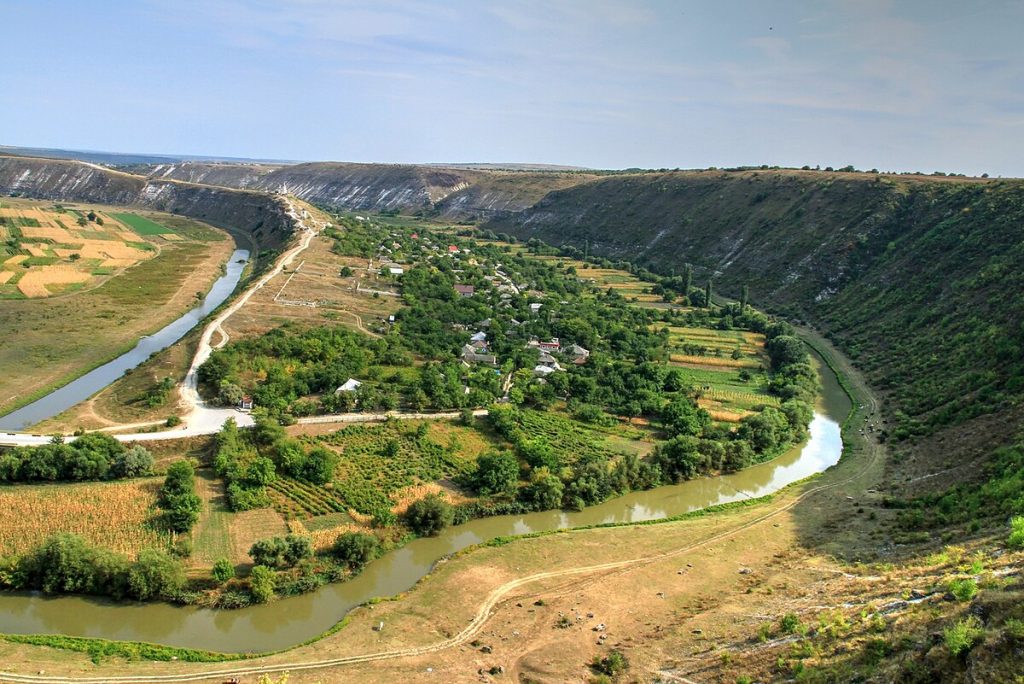
Image credits: Upper row – left: Helgie12 on Wikimedia (CC-SA 4.0) lower row: Alex Prodan on Wikimedia (CC-SA 4.0)
There are numerous churches and monasteries everywhere in Moldova which allow for a glimpse of the country’s history. The valley of the Dniester river and the Orhei National Park in the hilly and forested central region of Moldova top the list of natural experiences, with the latter also containing an important archaeological site.
Moldova’s flourishing wine heritage has also become a significant draw for visitors. The small country enjoys some 300 days of sunshine per year and has made wine, based on centuries-old traditions and knowledge, one of its main export goods. Apart from picturesque vineyards and wineries, connaisseurs will enjoy a visit to Milestii Mici, an ancient village which serves as a center of the Moldovan wine industry and features the world’s largest wine cellars by bottles held.
| Population | Area | Currency | EU member | Schengen area |
| 2,423,300 | 33,843 km² | Leu | applied | no |
List of articles on Moldova
| Cities and towns | Regions and attractions | Background information |